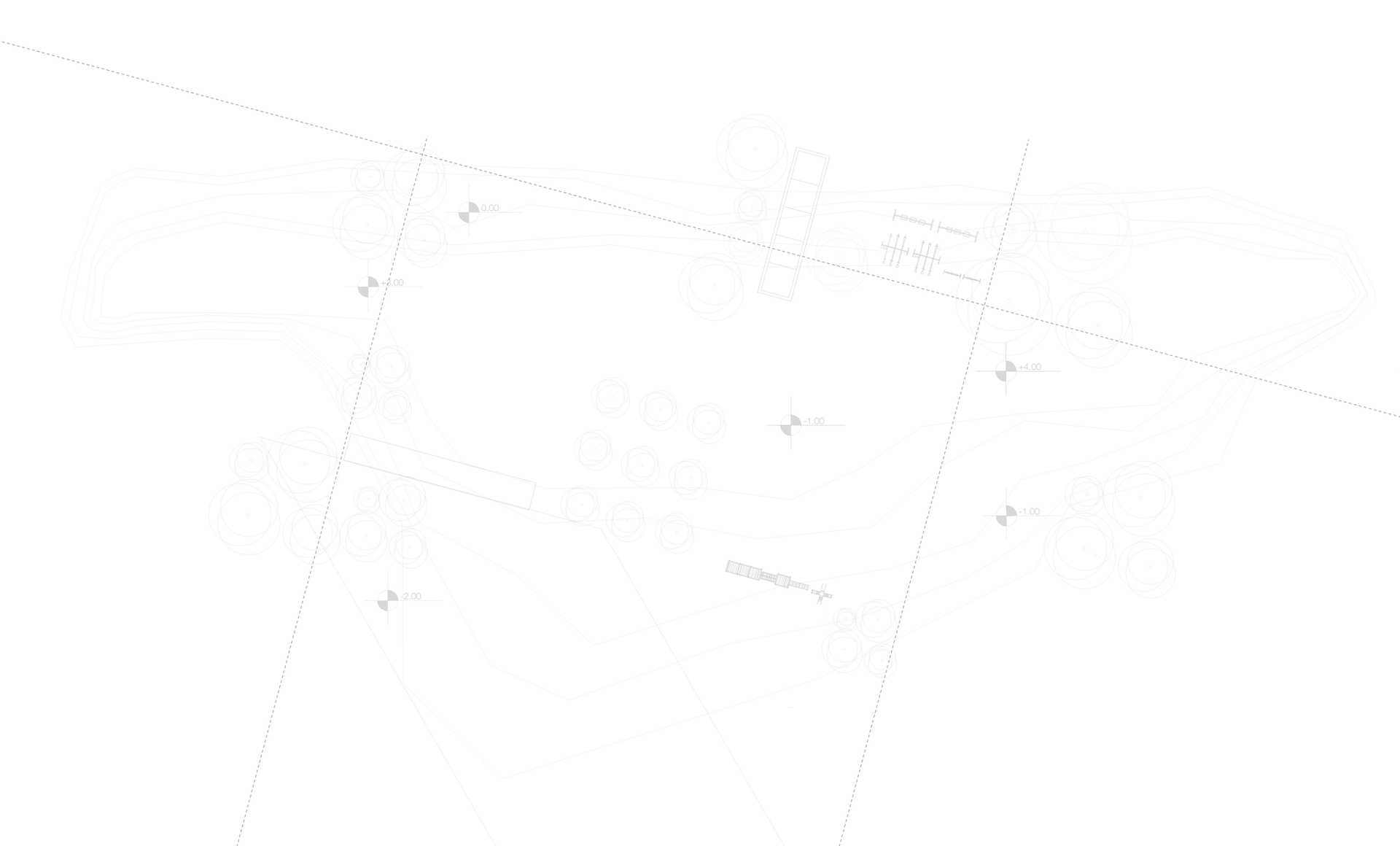

Temporary Housing/Health/Education Facility in Sahabiye, Kayseri
ARCH202 ARCHITECTURAL DESIGN II
Studio members
Instructors' Name
Nihan Muş Özmen, Bahar Elagöz Timur, Hatice Toramanlı
TA(s) name
Res. Asst. Nurefşan Batmaz, Res. Asst. M. Melih Utkan, Şeyma Ezgi Yılmaz
Students' Name
Aksoy, Elif Ceren-Al Banna, Mohammed Ghaleb F.-Altay, Abdulsamet-Ansarı, Mahroof Ahmed Maqbool Ahmed-Aydoğdu, Furkan-Banlı, Yusuf-Başoğlu, Melih-Bıyıklı, Aynur Gökçen-Büyükbaş, Gülendam Eda-Davutoğlu, Mehmet-Daşdemir, İrem Şevval-Dek, Sude-Demir, Esra-Doğan, Okan-Erikli, Selime-Esen, Burak-Gedik, Semanur-Gözelle, Keziban Elif-Güneş, Aleyna-Heybet, Şevval-Karadoğu, Fatma Nur-Karamercan, Hüseyin-Kaya, Buse Nur-Khıdro Falaha, Aısha-Kılıç, Melike-Kıymaz, Hüsne Şevval-Kocabaş, Miray-Konak, Harun-Koyuncu, Fatıma-Koç, Fatma-Kul, Ömer-Pehlivan, Yasemin-Sarıkaya, Ezgi Zeynep-Savaş, Elif-Serbest, Büşra-Süslü, Ayten-Talaslıoğlu, Müzeyyen-Tekin, Hatice Kübra-Ulu, Göktürk Alparslan-Yıldırım, Beyza-Yıldız, Ceren-Yılmaz, Raziye-Yılmaz, Zeynep-Ziftci, Şeyda-Öztürk, Zeynep-Şahin, Hasibe Feyza
Design approach of studio
Architectural Design Studio 2 intends to focus on morphology to explore the interactions between space, function, and users as a design challenge. Following the path developed in the previous studios, the students are expected to represent their design idea with the appropriate tools, developing critical thinking about the social and cultural aspects of architecture. They are also expected to work with material and technological features to produce space and explore the architectonics of the design they create. These will incorporate form, morphology, topology, ergonomics, including special requirements and accessibility for the users, and last but not the least sustainability and environment friendliness.
Sahabiye neighborhood represents a quite significant urban space for the urban texture of Kayseri, which also contains the layered structure of the city. The Sahabiye region is both close to the city center and is one of the places where the first neighborhood areas that are remembered for the city of Kayseri were established. This region is currently in the process of demolition and reconstruction with municipal interventions within the scope of the urban development project. It is expected that the projects to be proposed for the ARCH202 Studio will be designed within the area that will be restricted depend on certain criteria. The main expectation is how the projects to be proposed will take place in the urban layers, within the dense and current urban fabric, and to be interpreted together with this complex city formation. In other words, it is the examination of how it will look in the silhouette of the city, its height and volume relations with the buildings in the region, as well as its relationship with its near surroundings, streets, and transportation. And of course, besides the mass formation, professional spatial solutions depending on the functions are expected. In this context, three main concepts have been determined. These design concepts include temporary accommodation or an education/training facility and a health/wellness facility.
Design Topic 1 (Section_1): Temporary Accommodation The facility of temporary accommodation is expected, considering the potentials of the region. The design should be small-scale accommodation unit such as guesthouse, pension, hostel, or motel. As a place for different type of users, concepts, or time of stay, it should serve different types of accommodation. It must consist of at least three different accommodation types and repeating units. Moreover, it should be considered that there will be a wide span space (meeting room, fitness center, etc.), restaurant and common areas.
Design Topic 2 (Section_2): Health The Health Center project focuses on the small-scale needs of the city, region, or neighborhood. The concept of the center can develop in a broad range of themes like, primary care clinic, community health center, cancer center, physiotherapy clinic, or dental clinic. In addition, the clinic can focus on a particular group like children, the elderly, or disabled people or include all regions. According to the design proposal, students need to offer activities and spaces to develop community health care. Depending on the design theme, projects need spaces like, consulting rooms, waiting, and welcoming spaces, emergency action rooms, resting spaces, injection rooms, labs or x-ray rooms, education spaces, and conference/workshop rooms, etc.
Design Topic 3 (Section_3): Education The education center to be built in the region will be designed on a small scale, such as a kindergarten or a special education center. It is expected that the user group and program of the education center will be suggested by the designer after the analyzes on the site. In line with the needs to be created according to the theme of the design, functions such as a library, cafeteria/canteen, dining hall should be included, as well as the main spaces such as laboratories, workshops, and lecture halls. In addition, a wide span space (conference hall, sports hall, etc.) should be included in the design.
• Each design proposal will have 1200-1500m2 closed space (±%10) + service units
• Wide span space (Conference, sport hall (resting rooms, service areas and other necessary functions), activity hall, exhibition hall etc.)
• Administration, lounges, lobby
• Service units
• Emergency meeting points
Keywords: Urban redevelopment, Urban architecture, Education center, Health center, Temporary accommodation, Sahabiye